Reservoir Gage 403859074555201 Spruce Run Reservoir, NJ
Reservoir Gage 403859074555201 Spruce Run Reservoir, NJWebcam at USGS Reservoir gage 403859074555201 Spruce Run Reservoir, NJ
Visit Water Data For the Nation to get current data for this site.

An official website of the United States government
Here's how you know
Official websites use .gov
A .gov website belongs to an official government organization in the United States.
Secure .gov websites use HTTPS
A lock () or https:// means you’ve safely connected to the .gov website. Share sensitive information only on official, secure websites.
The USGS maintains a variety of webcams across the U.S. These webcams provide valuable research information and data to the USGS scientists, the National Weather Service, emergency managers, and area residents to evaluate near, real-time conditions during natural hazard events (most webcams refresh every 5 - 20 minutes).
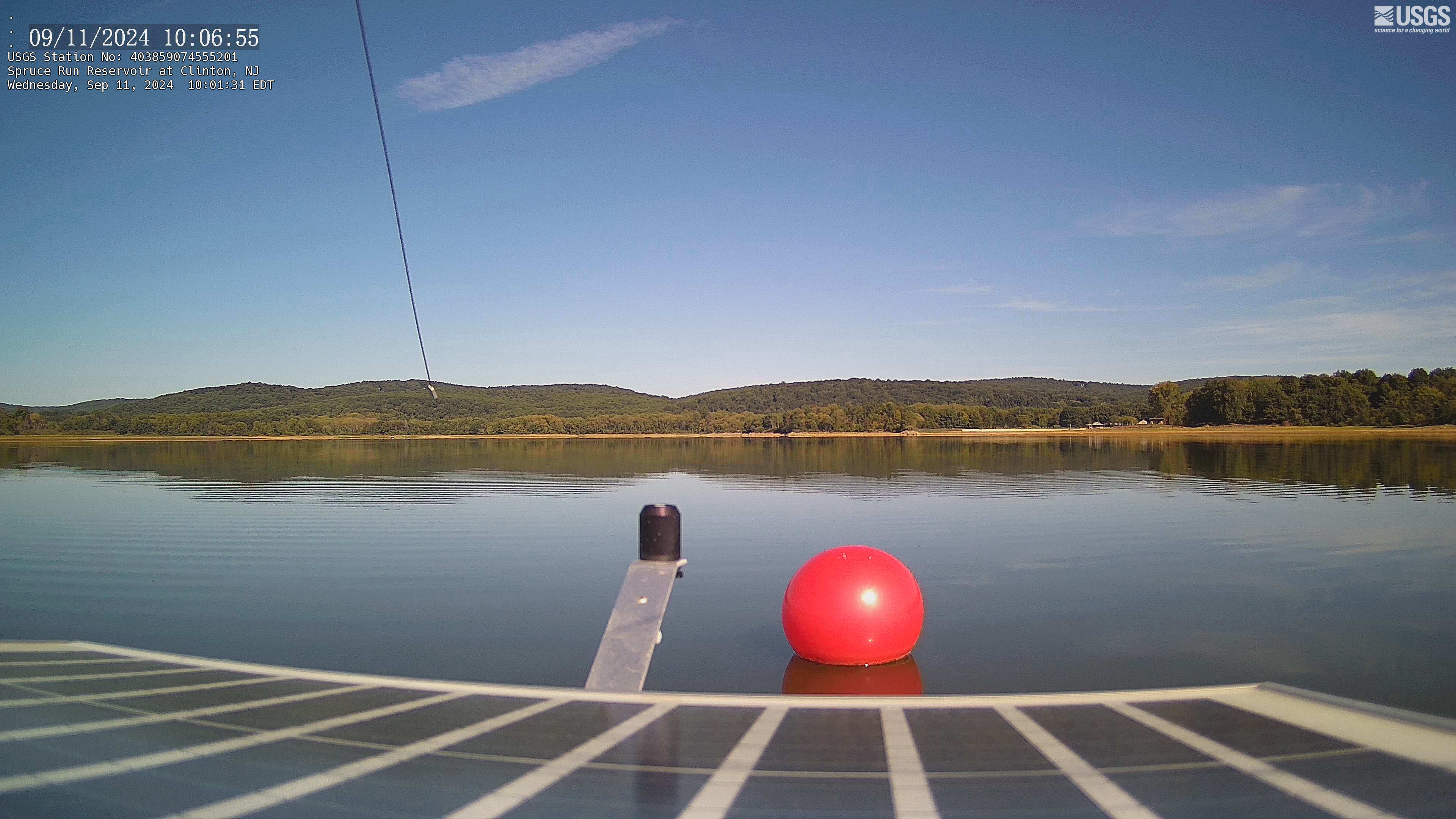
Webcam at USGS Reservoir gage 403859074555201 Spruce Run Reservoir, NJ
Visit Water Data For the Nation to get current data for this site.
Webcam at USGS Reservoir gage 403859074555201 Spruce Run Reservoir, NJ
Visit Water Data For the Nation to get current data for this site.
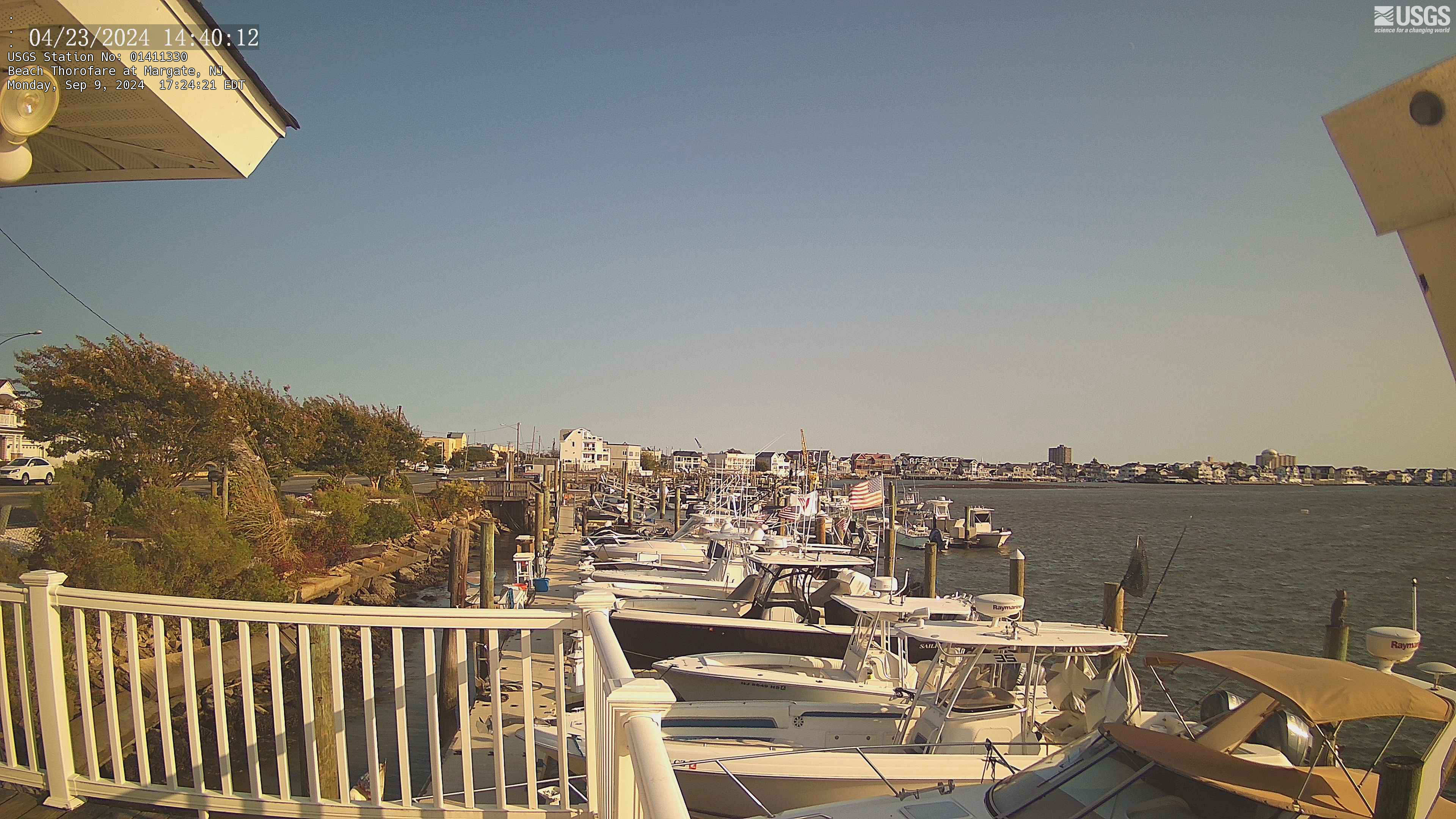
Webcam at USGS Streamgage 01411330 Beach Thorofare at Margate, NJ
Visit Water Data for the Nation to get current data for this site.
Webcam at USGS Streamgage 01411330 Beach Thorofare at Margate, NJ
Visit Water Data for the Nation to get current data for this site.
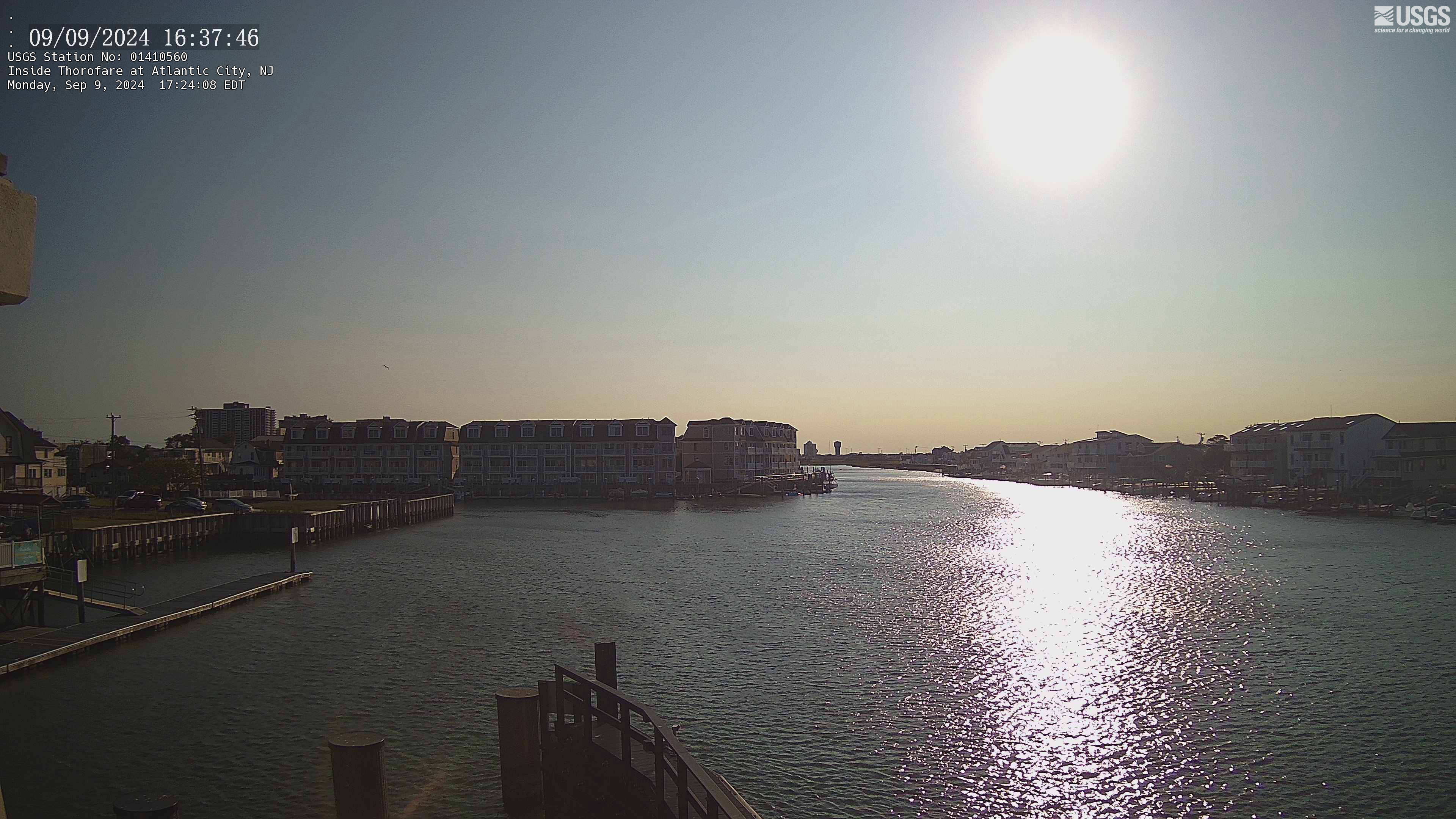
Webcam at USGS Streamgage 01410560 Inside Thorofare at Atlantic City, NJ
Visit Water Data for the Nation to get current data for this site.
Webcam at USGS Streamgage 01410560 Inside Thorofare at Atlantic City, NJ
Visit Water Data for the Nation to get current data for this site.
Webcam at USGS Streamgage 01407770 Shark River at Belmar, NJ
Visit Water Data For the Nation to get current data for this site.
Webcam at USGS Streamgage 01407770 Shark River at Belmar, NJ
Visit Water Data For the Nation to get current data for this site.
Webcam at USGS Streamgage 01400500 Raritan River at Manville, NJ
Visit Water Data For the Nation to get current data for this site.
Webcam at USGS Streamgage 01400500 Raritan River at Manville, NJ
Visit Water Data For the Nation to get current data for this site.
[MITDcam] Live view of Kīlauea's upper Southwest Rift Zone, looking northwest from a seismic station in the Kaʻū Desert.
[MITDcam] Live view of Kīlauea's upper Southwest Rift Zone, looking northwest from a seismic station in the Kaʻū Desert.
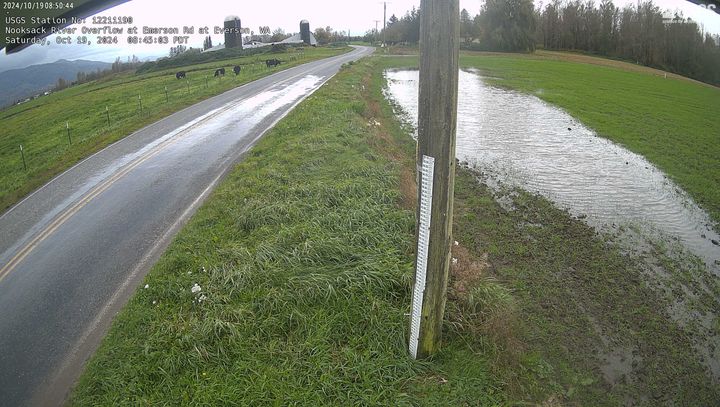
Nooksack River Overflow at Emerson Road at Everson, WA. Check out this webcam to see the latest river conditions.
Nooksack River Overflow at Emerson Road at Everson, WA. Check out this webcam to see the latest river conditions.
This webcam is located at USGS streamgage 12439500 - Okanogan River at Oroville, WA. Near real-time flow and water temperature data are available at this location. Water data back to 1914 are available online.
This webcam is located at USGS streamgage 12439500 - Okanogan River at Oroville, WA. Near real-time flow and water temperature data are available at this location. Water data back to 1914 are available online.
This webcam is located at USGS streamgage 14144700 - Columbia River at Vancouver, WA. The Columbia River is tidally influenced at this location and the station provides continuous monitoring of river flow and suspended sediment.
This webcam is located at USGS streamgage 14144700 - Columbia River at Vancouver, WA. The Columbia River is tidally influenced at this location and the station provides continuous monitoring of river flow and suspended sediment.
This webcam is located at USGS streamgage 14243000 - Cowlitz River at Castle Rock, WA. Near real-time flow and water turbidity data are available at this location. Water data back to 1926 are available online.
This webcam is located at USGS streamgage 14243000 - Cowlitz River at Castle Rock, WA. Near real-time flow and water turbidity data are available at this location. Water data back to 1926 are available online.
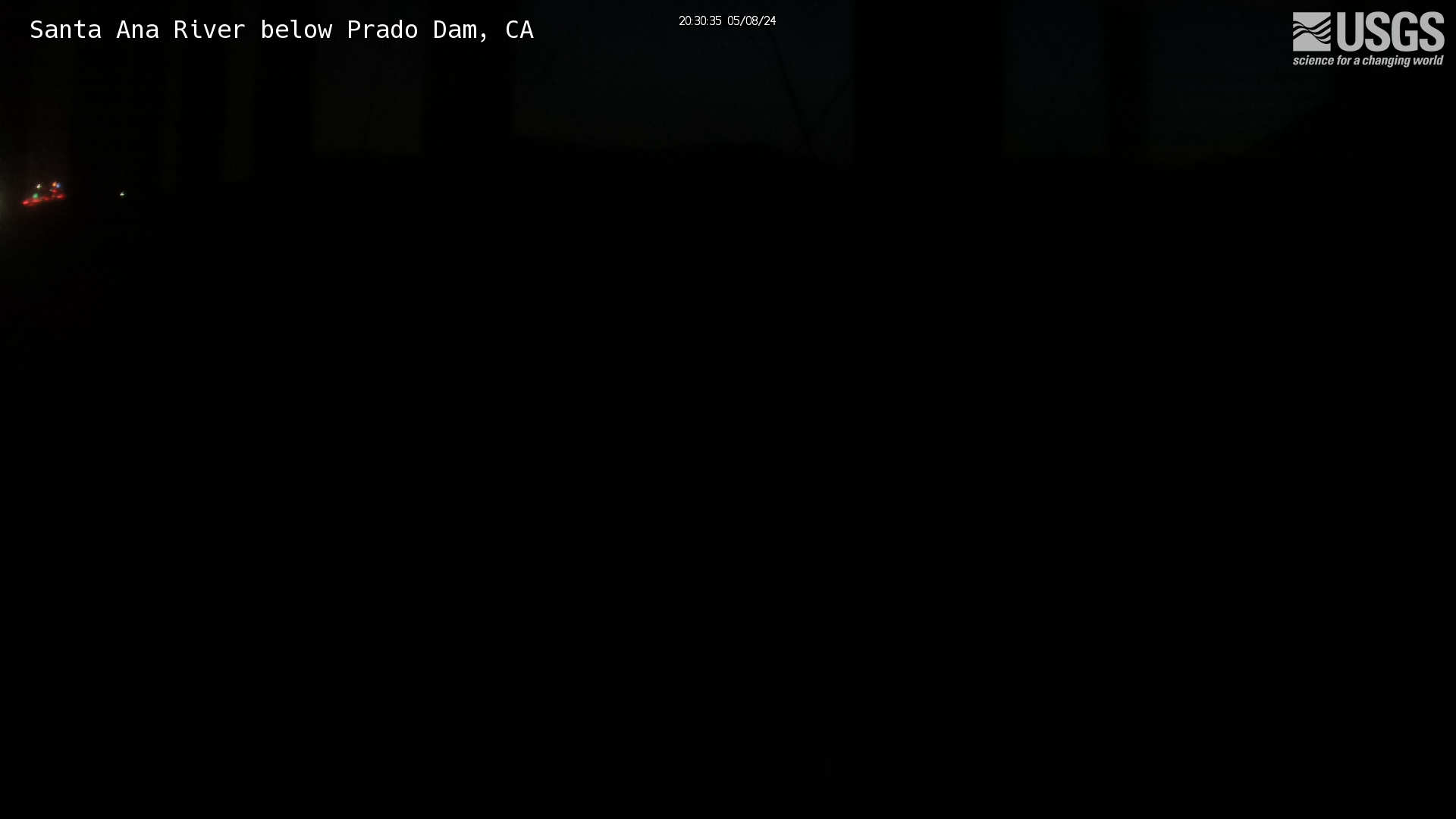
This live webcam is currently undergoing maintenance and will be back up and running in mid-August.
This live webcam is currently undergoing maintenance and will be back up and running in mid-August.
An overlook view of Glacial Lake 2.5 miles North of Nugget Creek near Auke Bay, Alaska.
An overlook view of Glacial Lake 2.5 miles North of Nugget Creek near Auke Bay, Alaska.
Phelan Creek near Paxson, AK Monitoring location 15478040 is associated with a STREAM in SOUTHEAST FAIRBANKS CENSUS AREA, ALASKA. Current conditions of DISCHARGE, GAGE HEIGHT, and TEMPERATURE are available. Water data back to 1966 are available online. This camera is telemetered by satellite and updates at approximately 22:00 UTC (+/- 60 minutes) each day.
Phelan Creek near Paxson, AK Monitoring location 15478040 is associated with a STREAM in SOUTHEAST FAIRBANKS CENSUS AREA, ALASKA. Current conditions of DISCHARGE, GAGE HEIGHT, and TEMPERATURE are available. Water data back to 1966 are available online. This camera is telemetered by satellite and updates at approximately 22:00 UTC (+/- 60 minutes) each day.
Tyee Lake Outlet near Wrangell, AK Monitoring location 15019990 is associated with a STREAM in CITY AND BOROUGH OF WRANGELL, ALASKA. Current conditions of DCP BATTERY VOLTAGE and GAGE HEIGHT are available. Water data back to 1979 are available online. This camera is telemetered by satellite and updates at approximately 19:00 UTC (+/- 60 minutes) each day.
Tyee Lake Outlet near Wrangell, AK Monitoring location 15019990 is associated with a STREAM in CITY AND BOROUGH OF WRANGELL, ALASKA. Current conditions of DCP BATTERY VOLTAGE and GAGE HEIGHT are available. Water data back to 1979 are available online. This camera is telemetered by satellite and updates at approximately 19:00 UTC (+/- 60 minutes) each day.
This is the most recent webcam image of Gavilan Canyon at Skunk Canyon near Hollywood, NM
This is the most recent webcam image of Gavilan Canyon at Skunk Canyon near Hollywood, NM
Live view of the eruption in Halemaʻumaʻu, from the northwest rim of the caldera, looking east [V1cam] on the USGS YouTube Channel.
Live view of the eruption in Halemaʻumaʻu, from the northwest rim of the caldera, looking east [V1cam] on the USGS YouTube Channel.
This is a webcam image of the Rio Grande near Elephant Butte Dam, NM - site #08361000
This is a webcam image of the Rio Grande near Elephant Butte Dam, NM - site #08361000
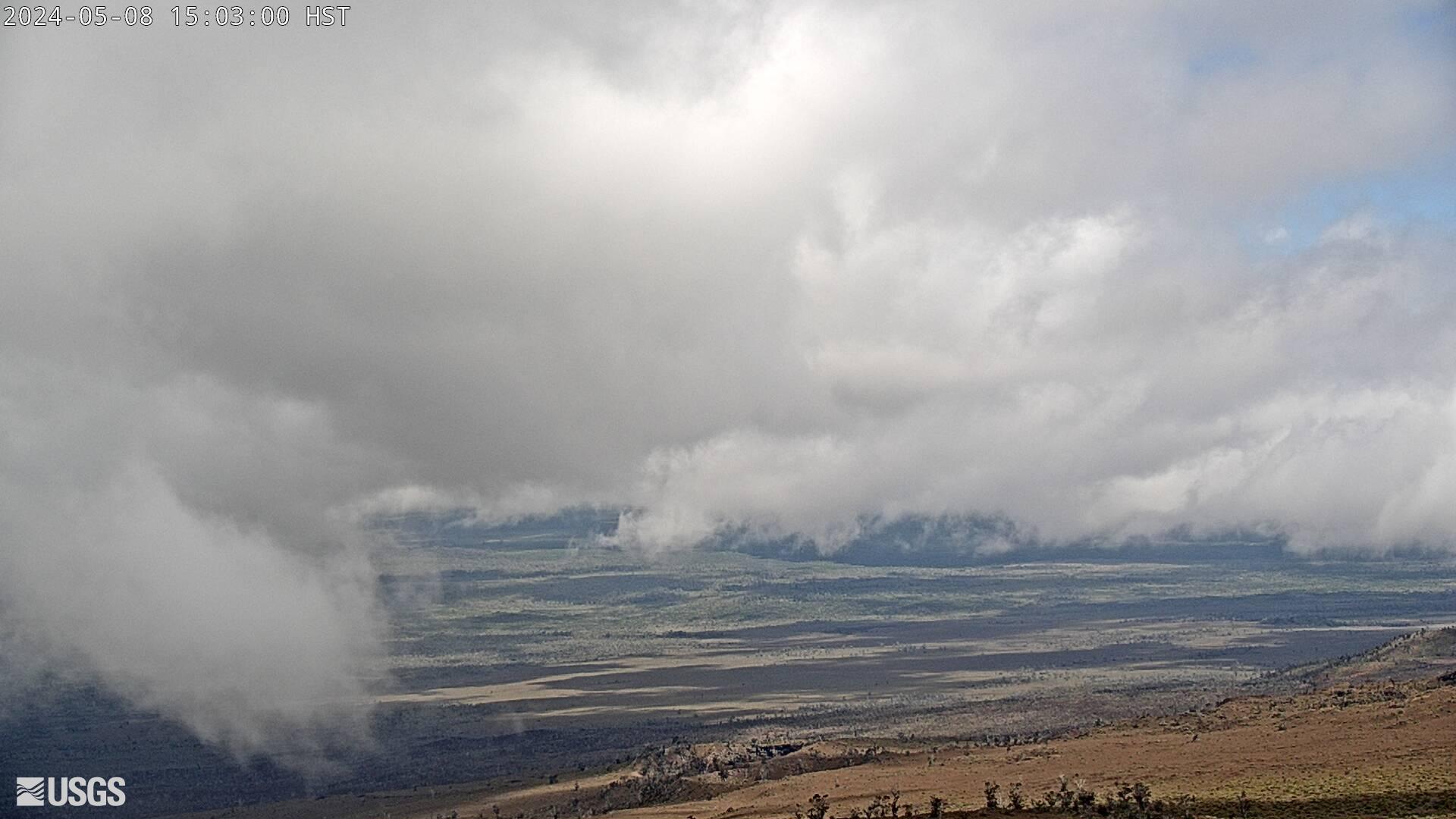
Live view of the northwest flank of Mauna Loa; the view is from the southeast flank of Hualālai [HLcam]. This camera is a pan-tilt-zoom model and the view may change depending on activity.
Live view of the northwest flank of Mauna Loa; the view is from the southeast flank of Hualālai [HLcam]. This camera is a pan-tilt-zoom model and the view may change depending on activity.

Live Image of Mauna Loa's Summit and Northeast Rift Zone from Mauna Kea [MK2cam]. This camera is a pan-tilt-zoom model and the view may change depending on activity.
Live Image of Mauna Loa's Summit and Northeast Rift Zone from Mauna Kea [MK2cam]. This camera is a pan-tilt-zoom model and the view may change depending on activity.
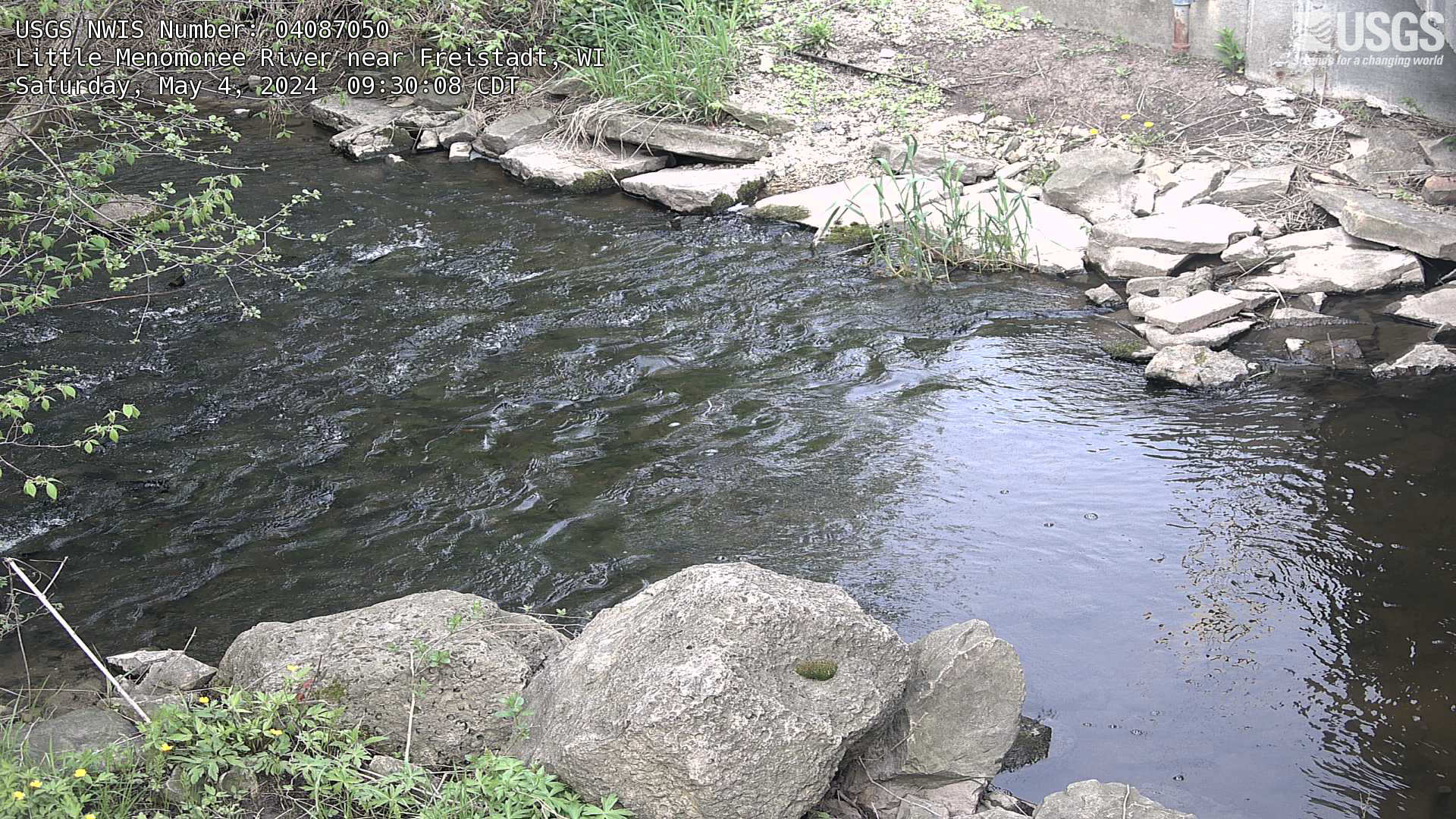
Webcam at streamgage at Little Menomonee River near Freistadt, Wisconsin. https://waterdata.usgs.gov/monitoring-location/04087050/
Webcam at streamgage at Little Menomonee River near Freistadt, Wisconsin. https://waterdata.usgs.gov/monitoring-location/04087050/
Webcam at streamgage at Honey Creek at Wauwatosa, Wisconsin. https://waterdata.usgs.gov/monitoring-location/04087119
Webcam at streamgage at Honey Creek at Wauwatosa, Wisconsin. https://waterdata.usgs.gov/monitoring-location/04087119
